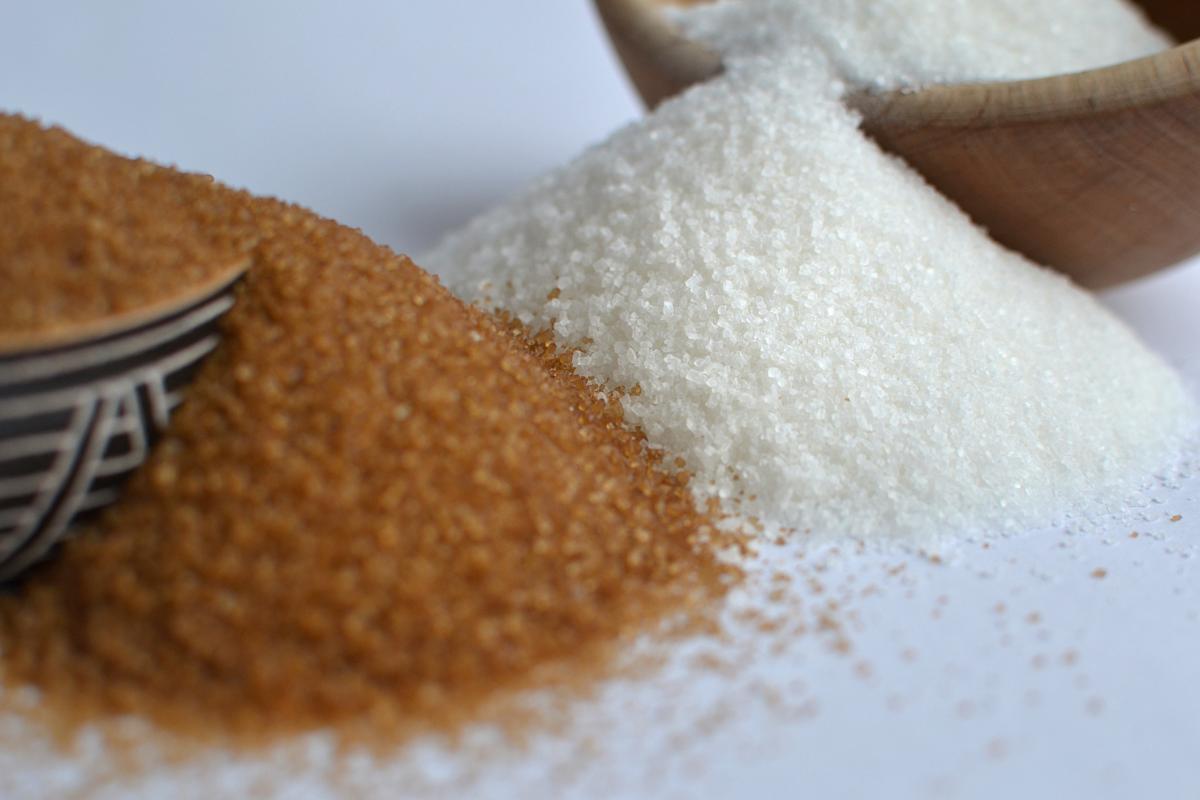Sugar is one of the most common sweeteners added to countless foods and beverages we consume daily. It’s a staple in almost every kitchen, but the question remains: which type of sugar is healthier—Brown or white?
Understanding the Difference Between Brown and White Sugar
Both Brown and white sugar are derived from sugarcane. The juice extracted from sugarcane undergoes processing to produce sugar. The natural color of sugar is Brown due to the molasses content retained during processing. White sugar, on the other hand, is created by removing molasses and subjecting the sugar to bleaching, resulting in its pure white appearance.
Aside from their color, the two types of sugar differ in taste. Brown sugar is notably sweeter and more flavorful, while white sugar has a milder sweetness.
Nutritional Differences
The main difference between the two sugars lies in their nutritional content.
- White Sugar. This is essentially pure sucrose, containing no additional nutrients after the removal of molasses.
- Brown Sugar. It retains small amounts of molasses, which means it contains trace amounts of minerals such as iron, calcium, magnesium, and potassium.
However, the presence of these minerals in Brown sugar is minimal and offers no significant health benefits. Relying on Brown sugar for nutrients is not practical, as the quantities are too small to make a difference in your overall nutritional intake.
Health Implications of Sugar Consumption
Despite the slight differences in composition, the impact of sugar on health remains the same, whether Brown or white. Excessive sugar consumption can lead to various health problems, including:
- Weight gain and obesity. High sugar intake contributes to excess calorie consumption.
- Increased risk of diabetes. Consistently high sugar levels can strain the body’s ability to regulate blood sugar.
- Heart disease. Excessive sugar intake is linked to increased risk factors for heart conditions.
Moderation Is Key
Doctors and nutritionists emphasize that the amount of sugar consumed is far more critical than the type of sugar used. Limiting sugar intake to recommended levels—no more than 6 teaspoons (25 grams) per day for women and 9 teaspoons (36 grams) per day for men—can help reduce the risk of health issues associated with excessive sugar consumption.
Takeaway
While Brown sugar contains trace minerals, the difference in health benefits between Brown and white sugar is negligible. Both types should be consumed in moderation to avoid health risks. When choosing between the two, the decision ultimately comes down to personal preference in taste and cooking needs rather than significant health advantages.



